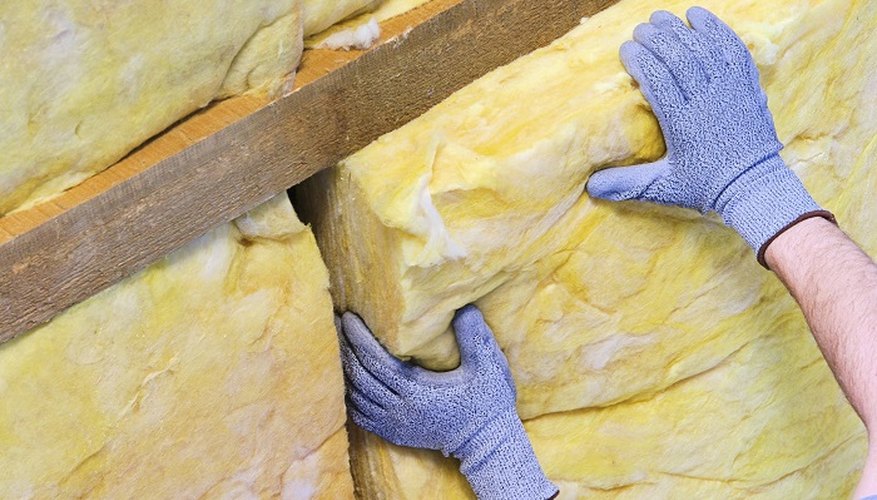Cavity wall insulation is constantly being tested and evaluated by regulators to ensure it meets UK building and safety regulations, and by energy firms trying to develop the best insulation methods to save homeowners and utilities significant amounts of money. However, some products will actually harm a home's integrity in certain conditions if used in the walls.
Open cell spray foam insulation
Open cell insulation is a low density spray foam insulation with an R-value the same as fibreglass, about R-3.5 per 2.5 cm (1 inch). The foam expands when sprayed into the wall cavities and is shaved off with a knife even within the framing. This method of insulation is good for dry climates and has excellent performance as an air sealer. However, open cell foam absorbs water, much like a sponge so it cannot be used in any area that has periods of high humidity as it will take a significant amount of time to dry out, possibly damaging the framing, which is not designed for constant moisture contact. If this product is used for wall cavity insulation, it needs a spray on elastomeric vapour barrier on the inside of the wall to prevent mould and moisture damage.
- Open cell insulation is a low density spray foam insulation with an R-value the same as fibreglass, about R-3.5 per 2.5 cm (1 inch).
- However, open cell foam absorbs water, much like a sponge so it cannot be used in any area that has periods of high humidity as it will take a significant amount of time to dry out, possibly damaging the framing, which is not designed for constant moisture contact.
Fibreglass insulation
Fibreglass insulation is spun glass fibres cut in thin, fluffy sheets and layered to make a single batt. For blow-in fibreglass insulation, the glass fibres are spun and compacted into a block and shrink wrapped. Both have an R-value of R-3.5 per 2.5 cm (1 inch). Fibreglass batts work on the premise of air pockets catching the cold or warm air and preventing it from reaching the inside surface. This would work very well if the wall cavities were completely sealed and the temperature never fell below 21 degrees C (70F). But because the wall cavities have nail holes and sheeting joints, air infiltration pushes quickly through the fibreglass and takes away a significant amount of the R-value. If the inside temperature and outside temperature are significantly different, condensation will occur. The amount will depend on the amount of air infiltration, the wall thickness, and the difference between outside and inside temperatures.
- Fibreglass insulation is spun glass fibres cut in thin, fluffy sheets and layered to make a single batt.
- But because the wall cavities have nail holes and sheeting joints, air infiltration pushes quickly through the fibreglass and takes away a significant amount of the R-value.
Rockwool insulation
Rockwool insulation, in its old form, consists of fibreglass, mineral wool and occasionally asbestos. If the home is newer than 1960 and has this type of insulation, there is very little chance that it contains asbestos. This type of insulation performs very poorly in older applications -- R-1.8 per 2.5 cm (1 inch) -- but very well in newer applications, around R-4 per 2.5 cm (1 inch). The older Rockwool was installed very loosely and settled significantly, creating massive voids in wall cavities. It was also extremely flammable. Because of advances in the production of Rockwool, it is now one of the most fire retardant insulation materials available with a melting temperature of around 1,093 degrees C (2,000F). If older Rockwool insulation exists in your home, the main danger is flammability as this material burns very well.
- Rockwool insulation, in its old form, consists of fibreglass, mineral wool and occasionally asbestos.
- If older Rockwool insulation exists in your home, the main danger is flammability as this material burns very well.
